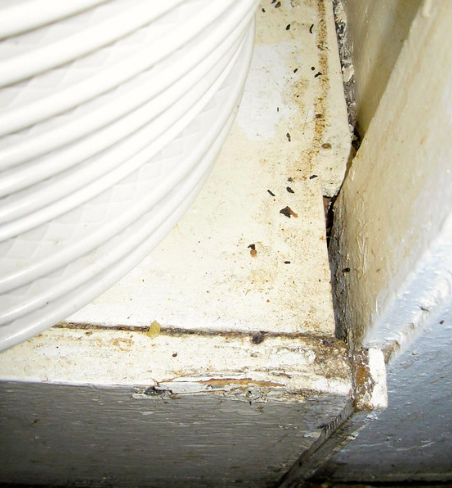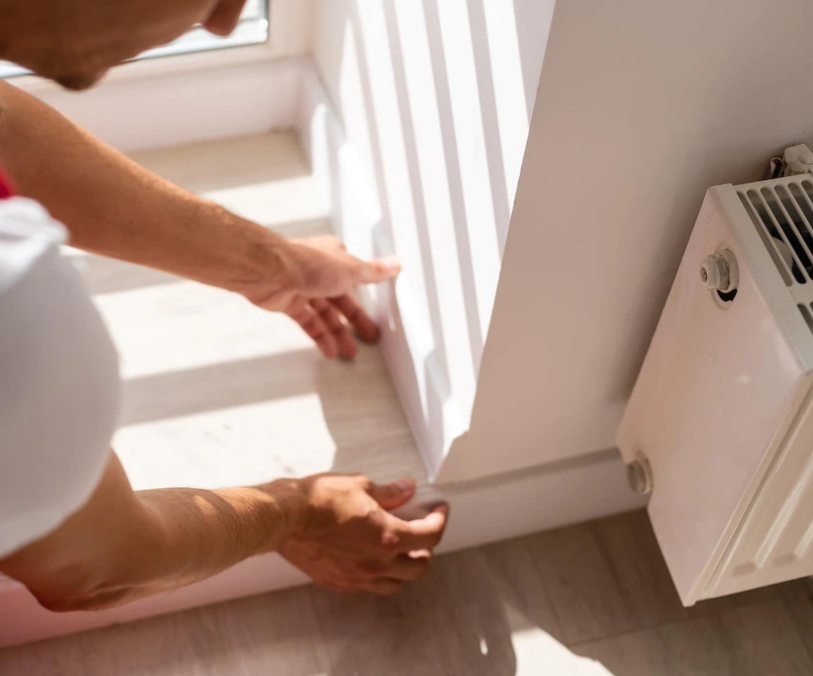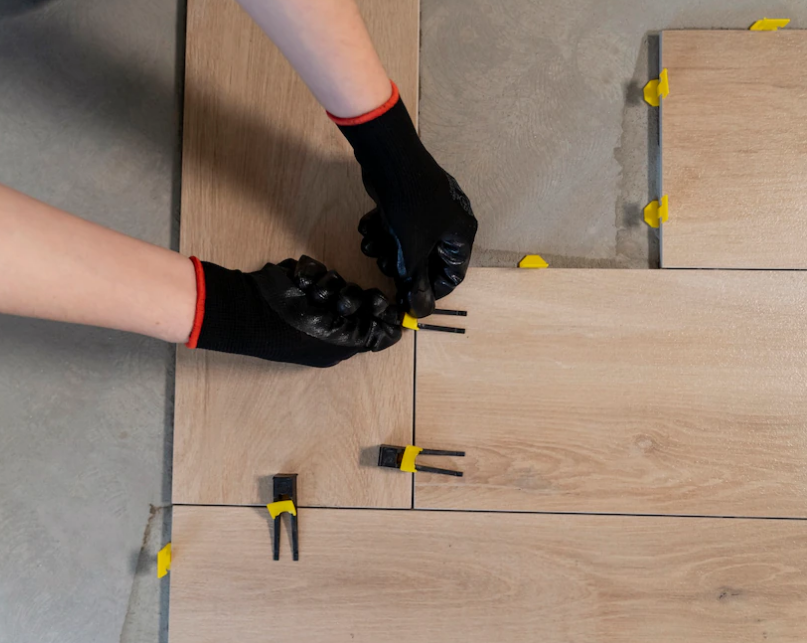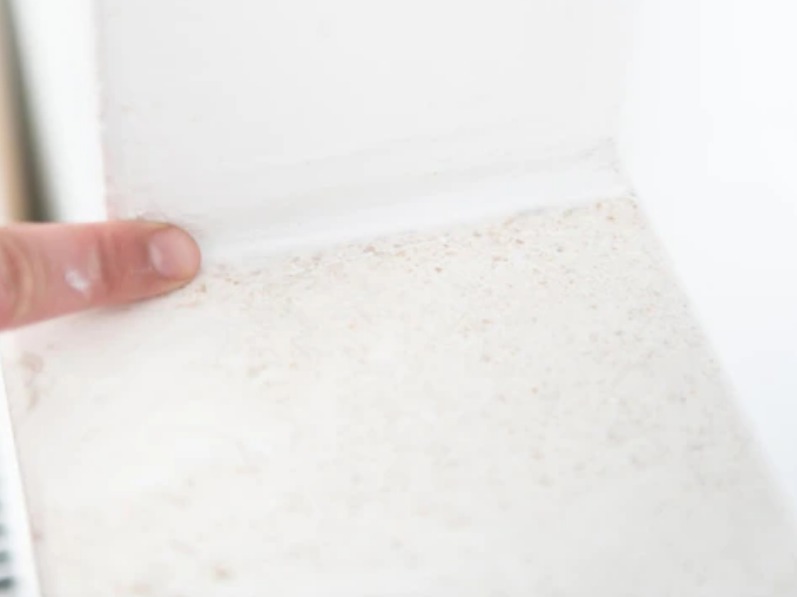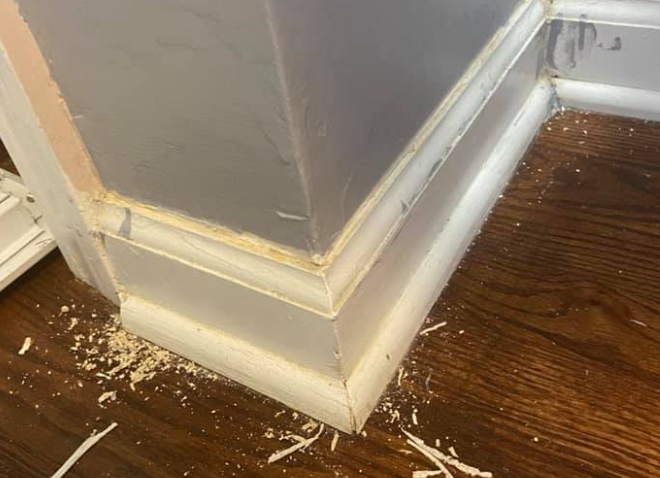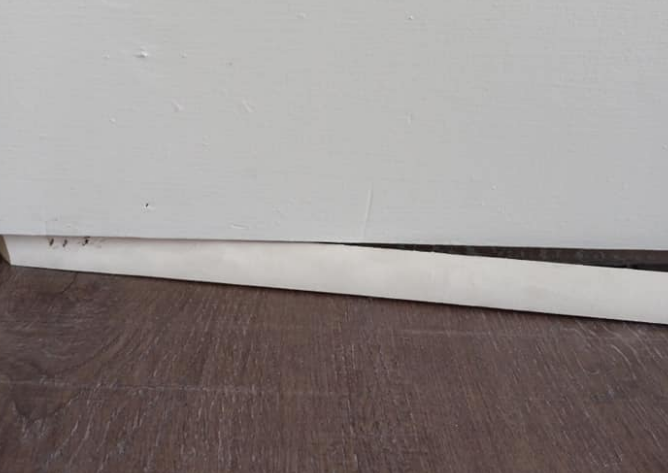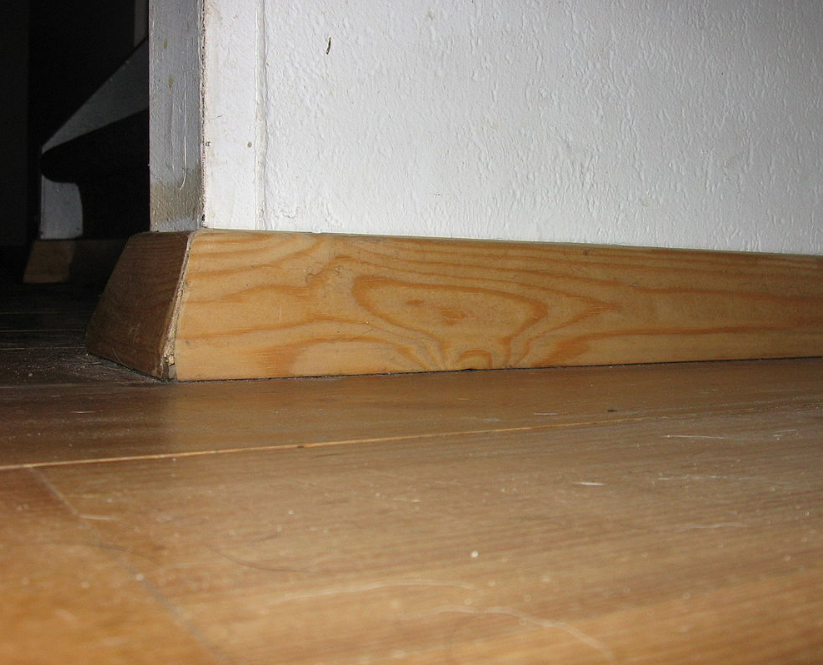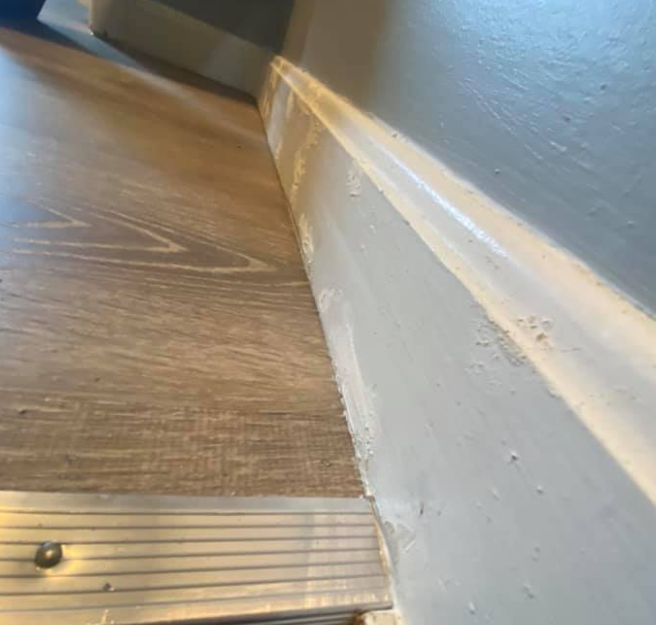How to fill gap between baseboard and floor?
How to fill a gap between baseboard and floor?
Living in an old house can be interesting, not to mention that it could hold cherished memories gathered throughout your life. Unfortunately, holding on to your old home comes with its fair share of problems. While some issues are simple to fix, others can be an utter nightmare.
One common issue in such homes is large gaps between the flooring and the baseboard on the walls. Although older homes are more likely to experience this problem, it is an issue that plagues both new and old houses alike.
Such a gap may not seem like something to worry about, but it may let in drafts and reduce the effectiveness of your home’s HVAC system. As a result, you could incur hefty energy costs. That is why you should seal that gap and make sure it stays intact all year long. Here’s a comprehensive guide on this:
What Causes a Gap Between Baseboards and Floorboards?
Most of the time, the gap between a baseboard and floorboard is caused by age. As your home gets older, the building joints get weaker and the structural components start sinking and settling. Consequently, it’s not a surprise to spot uneven baseboards and flooring, resulting in noticeable gaps.
However, age is not the only cause of such gaps. The gap may develop as a result of water damage, shoddy building techniques, or even the removal of carpets from a room. Having said that, determining what caused your gaps may be tricky, but the deed is already done. For now, what’s important is ensuring that the gap is filled. Let’s dive into it:
Filling a Gap Between a Baseboard and the Floor: Some Basic Concepts
Fixing these gaps depends on the size and location of the gap. Some of the techniques you may want to consider include:
1. Addition of a floorboard
2. Installation of shoe molding
3. Using caulk to fill the gap
4. Using flexible trim strips
1. Addition of a Floorboard
If your floorboards do not reach the baseboard, you could solve the problem by putting in another floorboard to close the gap. To do this, start by trimming your floorboard to the required width so that it can fit beneath the baseboard. If your baseboard is low enough, you’ll easily manage to sell the gap completely.
If you’re fixing an old house, you could find that you can no longer access the original flooring materials that were used to build your house. If that’s the case, avoid thinking too much about it and pick something close to your original material.
You should also use thinner flooring pieces because such trim pieces won’t carry any weight. When the new flooring board is in place, the gap should be sealed or made small enough to prevent cold air from entering.
2. Installation of Shoe Molding
What if the baseboard is too high? You could seal the space between your flooring and baseboards by installing an n L-shaped trim piece called shoe molding. It is used to fill in gaps such as this. You should be able to pick a style that fits the trim moldings in the room you are working in.
3. Using Caulk To Fill the Gap
What if shoe molding just doesn’t go with the design of your property? Caulking over the gap is a wonderful choice. It keeps the space looking modern and trendy.
For this, use just the right amount of caulk to cover the gap, then smooth it out with a putty knife to create a flush junction that matches the wall. When applying the caulk, be sure to cover the floor to prevent staining of the floorboards.
4. Using Flexible Trim Strips
If you want to avoid damaging your baseboards or flooring with paint or caulk, these flexible trim strips will come in handy. They are self-adhesive, silicone-based trim strips made to fit perfectly in trim gaps. They come in many colors for different homes and with their adhesive backing, they seal themselves after fitting in tight spaces.
How Much of A Gap Is Acceptable?
Homes come in all sizes, trims, and shapes. Home building thrives on variety, creating wonderful, unique neighborhoods. Having said that, there will always be some variance in how things are done when homes are being built.
As such, you’ll find different sizes of gaps in different homes depending on the workmanship and skill of building services. One thing we can all agree on, though, is that no one wants a large gap between their floor and baseboard—it’s unsightly. To get a crisp, clean, modern look, therefore, you have to fill in any large gaps, especially if they’re letting cold air in.
But how large is large?—It’s entirely up to you! What may seem small to you could be a big scar in the eyes of another homeowner. If the gap is very conspicuous or large enough to affect HVAC performance though, it needs to go.
Filling in the Gap Under the Baseboard After Ripping up the Carpet
For a neat, finished look, carpet installation companies frequently tuck the ends of the carpet under the baseboards. After such flooring is replaced with floor coverings like vinyl and hardwood, a noticeable gap is left. You need to fill this gully, or gap, to prevent dirt and dust from accumulating around the room’s perimeter. This also enhances the appearance of your new floor covering.
Is a Gap Against Building Regulations?
No, having a gap does not go against any building codes. Fixing the gap is therefore a matter of preference and other benefits (such as energy saving). We however recommend fixing such gaps because they boost (or preserve) the value of your home if you plan on selling it in the future.
Why Is a Gap Between the Baseboard and the Floor Bad?
A baseboard gap can seem like a relatively insignificant problem, and in some ways, it is. Your home won’t crumble because of such a small gap. Nevertheless, it can still lead to a variety of additional problems. Here are some reasons to consider filling this gap:
• Aesthetic Appeal
We can all agree that gaps between the floor and skirting make homes look unkempt.
• To Preserve The Value of Your Home
Yes, something as small as this could be a sign of a deteriorated home. That said, it can take some value away from your home if you’re trying to sell it.
• Pests, Pests, Pests
Pests love hiding in areas that are far out of your reach. They could find such a gap to be a haven! Ants, roaches, name it! If you’ve got a pest problem and have fixed these gaps, hiring an exterminator will yield better results.
• Energy Costs
Your heating costs may rise as a result of that gap. That’s because something as mere as such a gap could result in a significant heat loss in insulation. As such, you’ll find yourself paying more for heating and air conditioning.
Consequently, it makes sense to remove baseboard molding carefully if you wish to strip and repaint them before reinstalling them. They should be removed slowly and carefully to prevent cracking or wall damage. Even if you are changing the moldings for new ones to update the style, cautious removal is necessary to safeguard the walls.
A Quick Guide To Removing Baseboard Moldings Carefully
Baseboard moldings are important. They act as a protective barrier against scratches, moving furniture, dirt, and so on. They also conceal any poor workmanship at the joint between the wall and floor. With that in mind, rooms look incomplete without the baseboard molding.
Baseboard molding covers the space between the flooring and the wall but depending on the style, it may also make a statement in terms of design. It is considered a crucial structural component in interior design. It’s also worth noting that baseboard moldings are expensive.
A Few Baseboard Replacement Tips
1. If you’re sprucing up your walls with paint, don’t forget to paint the baseboards as well. You should also paint them before reinstalling them. After all, it is considerably simpler to merely touch up the caulk and nail holes rather than paint the entire baseboard after re-installation.
2. After removing your carpet and replacing it with a different floor covering, you could have gaps between your floor and baseboard. If that’s the case, you can install new base shoe molding or quarter-round molding at the base of the baseboards to close this gap.
Wind Up
If you’re anything like most homeowners, efficiency and style are important in maintaining a sound home. To help you fix these gaps that can be an eyesore, follow our guidelines and enjoy a finished, elegant appeal.
In case of any queries, contact Mercury Drywall Repair Services, feel free to reach out to us!

